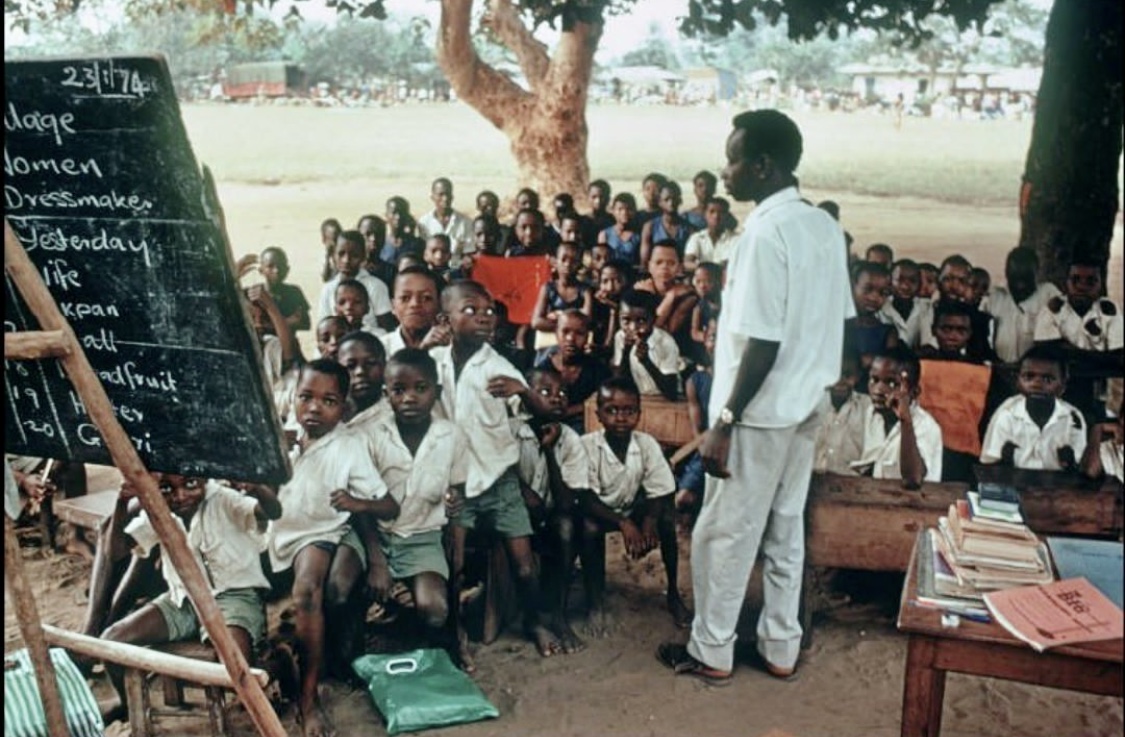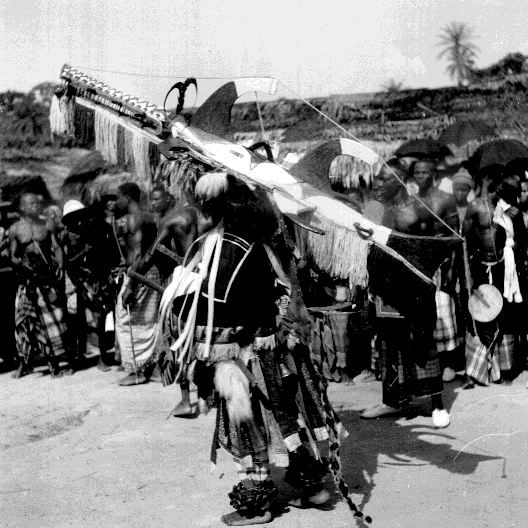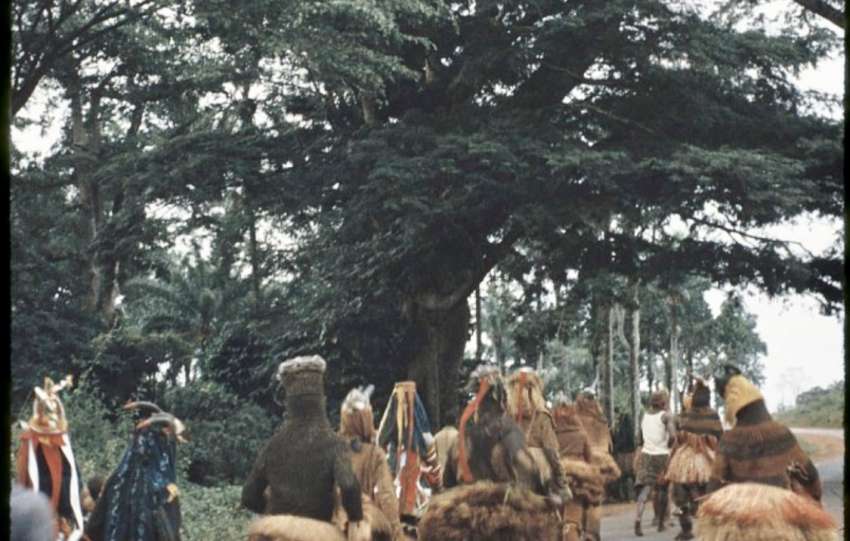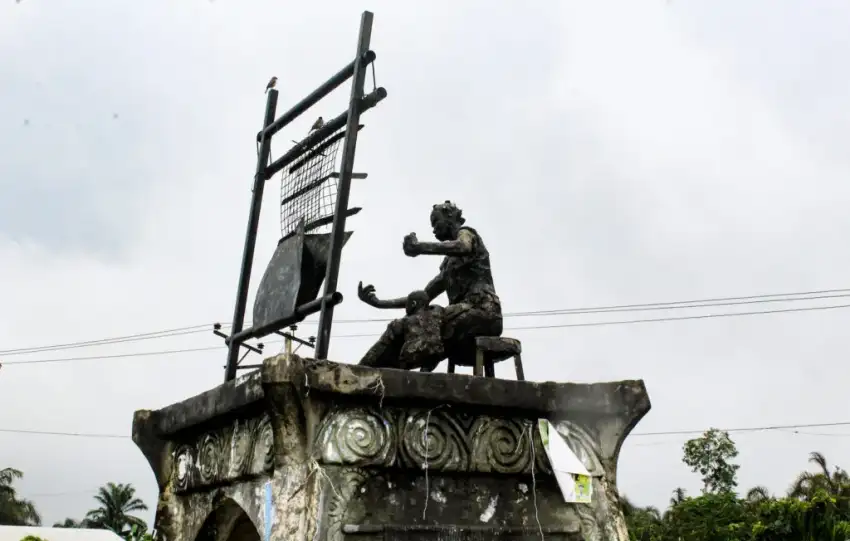
The photo taken by Bruno Barbey in 1974 depicts Igbo children attending an open-air school, a poignant reminder of the resilience and determination to rebuild after the Nigerian Civil War (1967–1970), commonly known as the Biafran War. The conflict, fought primarily over the attempted secession of Biafra, devastated the southeastern region of Nigeria, leaving a trail of destruction, including schools, homes, and essential infrastructure.
The Impact of War on Education
During the Biafran War, the Igbo heartland became a battleground, and many educational institutions were destroyed or abandoned. The war disrupted the education of countless children, with schools turned into refugee camps or military posts. Following the war, Igbo communities faced the daunting task of reconstructing their society, with education becoming a top priority despite limited resources.
Open-Air Schools: Symbols of Resilience
Open-air schools emerged as an immediate solution to the lack of physical infrastructure. These makeshift educational setups, often held under trees or in partially destroyed buildings, symbolized the Igbo people’s resolve to prioritize learning despite their circumstances. Teachers, many of whom were unpaid volunteers, played a critical role in nurturing young minds, using improvised teaching materials and fostering a sense of normalcy for war-affected children.
Challenges in Rebuilding Education
Rebuilding the educational system in the post-war period was not without challenges. The economic blockade and devastation had left many families impoverished, struggling to afford school supplies or fees. Additionally, psychological trauma from the war affected both students and teachers, making the process of re-engagement with formal learning complex. The Nigerian government’s policy of “no victor, no vanquished” promised reconciliation, but the lack of adequate post-war rehabilitation programs often left affected communities to fend for themselves.
Long-Term Legacy
Despite these challenges, the commitment to education demonstrated by these open-air schools laid the foundation for the resurgence of learning in the Igbo region. Many of the children who attended these schools went on to contribute to the rebuilding of their communities, playing vital roles in various professional fields. Today, the legacy of these efforts highlights the importance of education as a tool for healing and progress in post-conflict societies.
References
Barbey, B. (1974). Igbo children at an open-air school. Magnum Photos.
Achebe, C. (1983). The Trouble with Nigeria. Heinemann.
Forsyth, F. (1969). The Biafra Story: The Making of an African Legend. Penguin.
Nwankwo, A. (1972). Nigeria: The Challenge of Biafra. Rex Collings.
Uchendu, V. C. (2007). Education and Resilience in Post-Conflict African Societies: The Igbo Example. African Studies Review, 50(3), 33-48.




